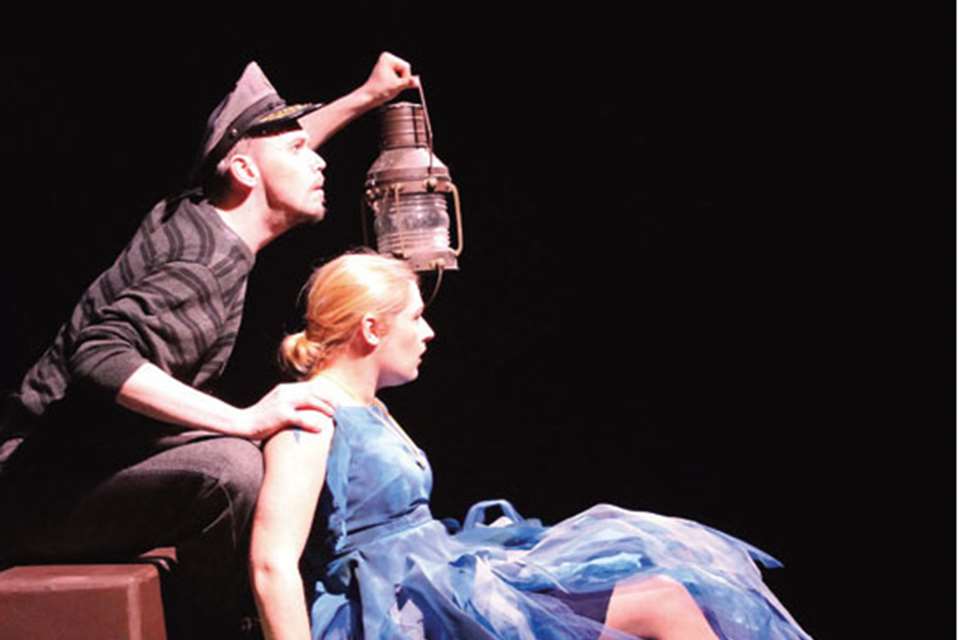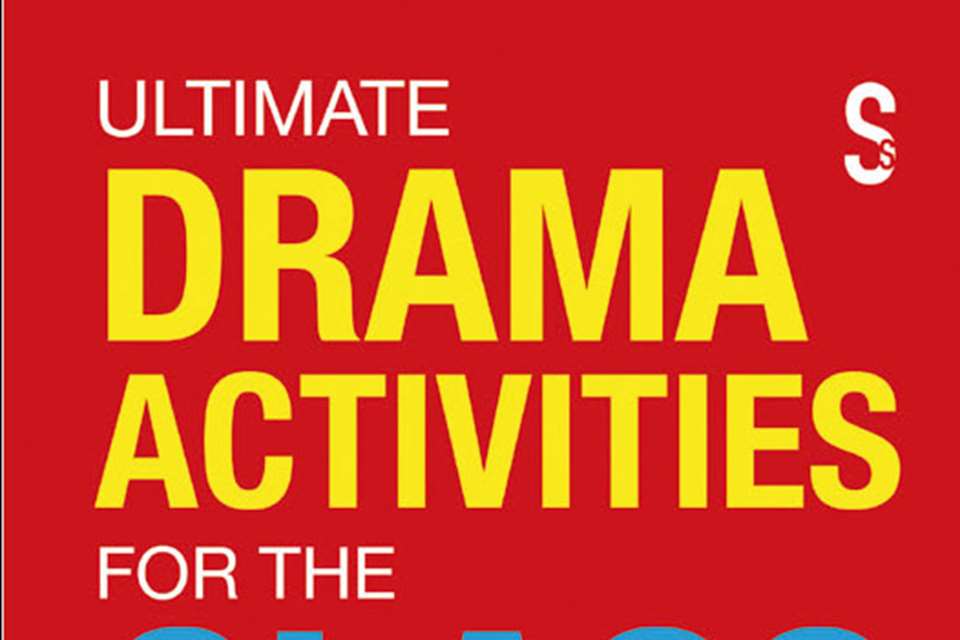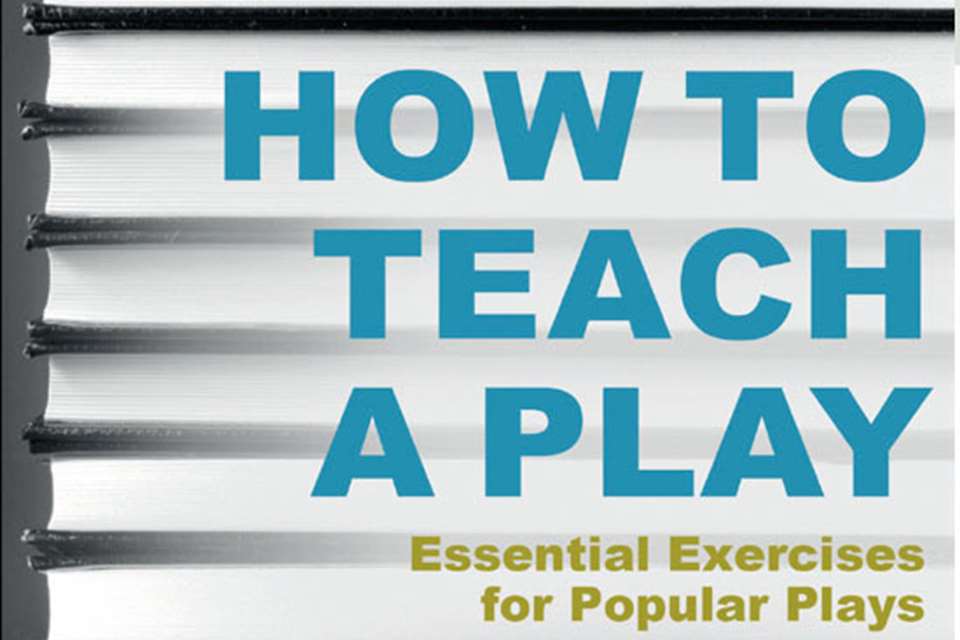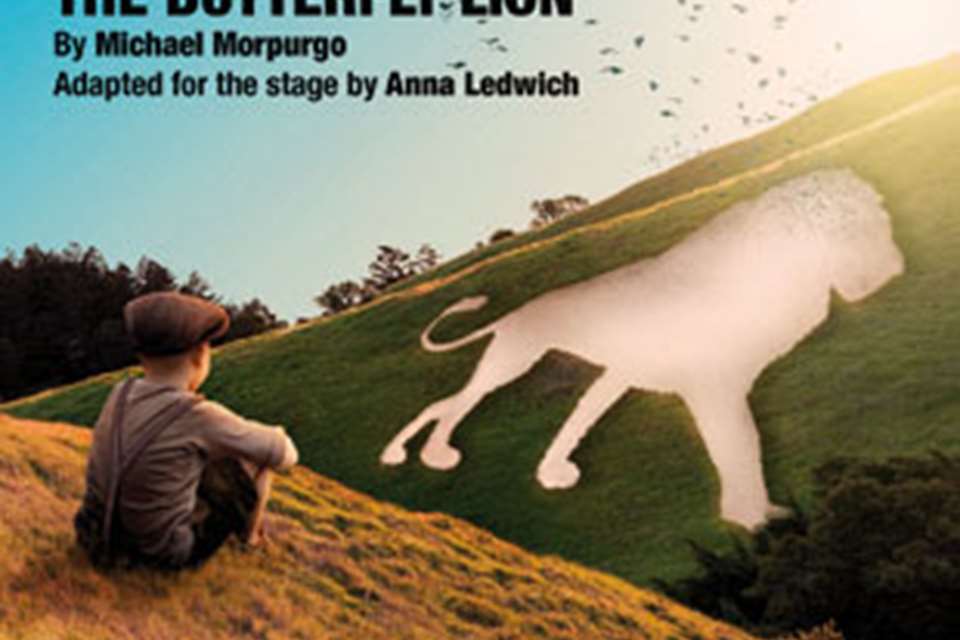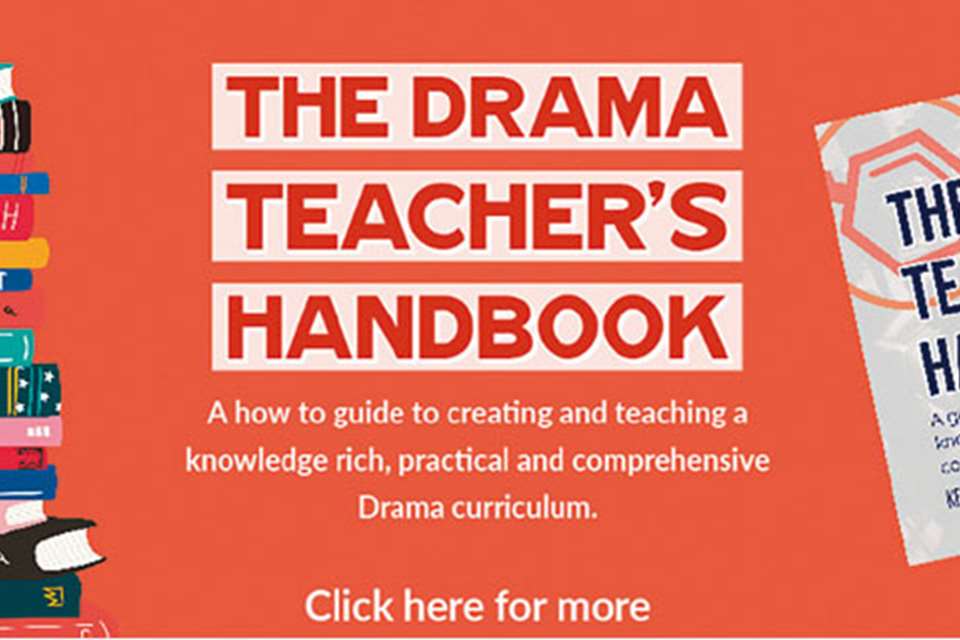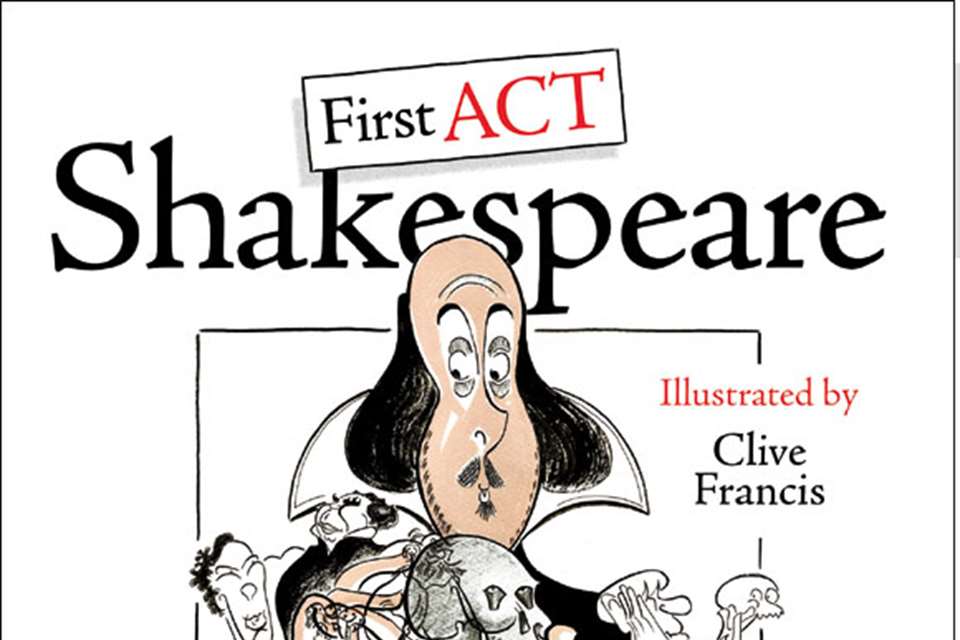Book reviews: Verbatim – The Fun of Making Theatre Seriously
Alicia Pope
Wednesday, December 1, 2021
A brilliant autobiography, rather than an introduction to verbatim theatre
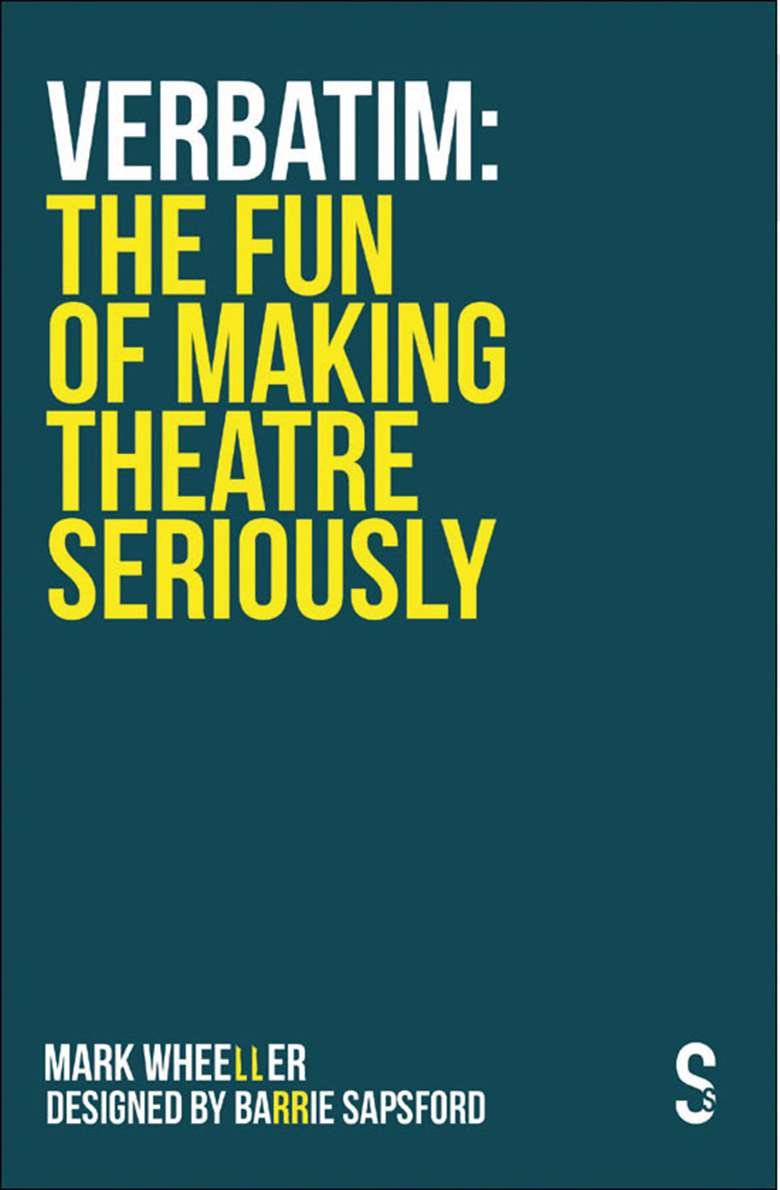
Verbatim: The Fun of Making Theatre Seriously suggests that it is a book about creating verbatim theatre but it is really more of an autobiography. The book begins with Wheeler's early life and schooling where he lists his main inspirations as his dad, Tony Key, Roy Nevitt and David Bowie. It's quite refreshing that such a successful playwright admits to not being inspired by the likes of Brecht and that he only discovered well known practitioners as his career progressed. Wheeller discusses his time at boarding school and reveals the abuse that he suffered at the hands of a trusted teacher. The book moves through his education and the influences and experiences that led him towards becoming a Drama teacher.
A large part of the book focussed on Wheeller's play Race to be Seen which documents the story of Graham Salmon – the blind runner who set the world record for the 100m for a blind man in the 1984 Summer Paralympics and took a bronze in the 400m. It is very touching to read about the development of the friendship between the two, from Wheeller's first phone call to set up an interview with Salmon to Salmon being Wheeller's best man; then the moving story of Salmon's decline with leukaemia and his final game of football with Wheeller's two sons.
The book explores much of Wheeller's working life in youth theatre and is full of references to his very successful verbatim plays, including Too Much Punch for Judy, Hard to Swallow, Chicken, and Legal Weapon. There are also many photos and newspaper clippings. The book ends with Wheeller discussing the impact of Covid and the 2021 edit of Race to be Seen which he feels has bookended his career.
As a book about Mark Wheeller, this is an interesting read; as book about verbatim theatre, it won't lead you through it if it's something you haven't explored before. There are sections where you will gain practical knowledge of how you might create your own verbatim work in the classroom, but it's not really a handbook as such. Practically speaking, I enjoyed the beginning of chapter 8 where Wheeller explores how John Godber's Up ‘n’ Under inspired a more physical approach to Race to be Seen, and the areas of the book where Wheeller outlines in more detail how his work moves from page to stage.


